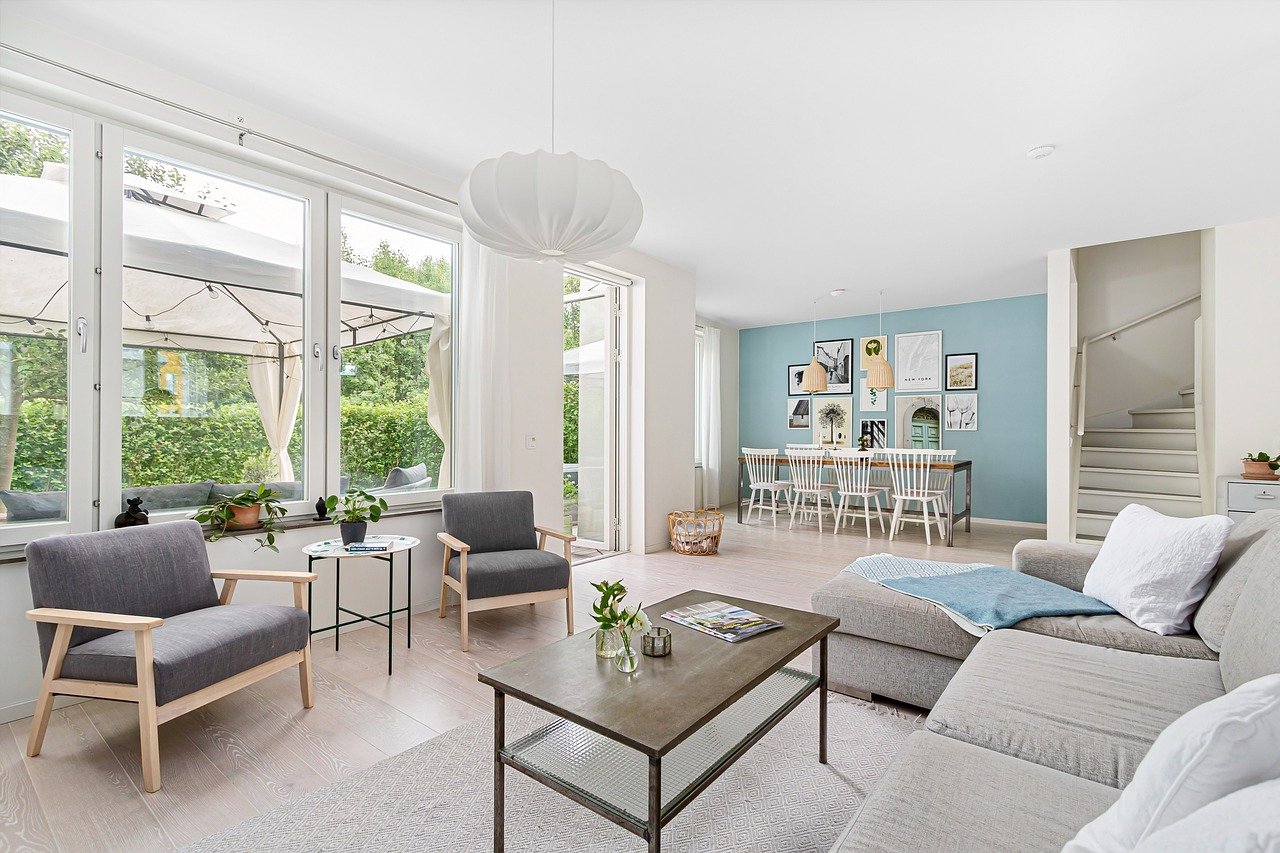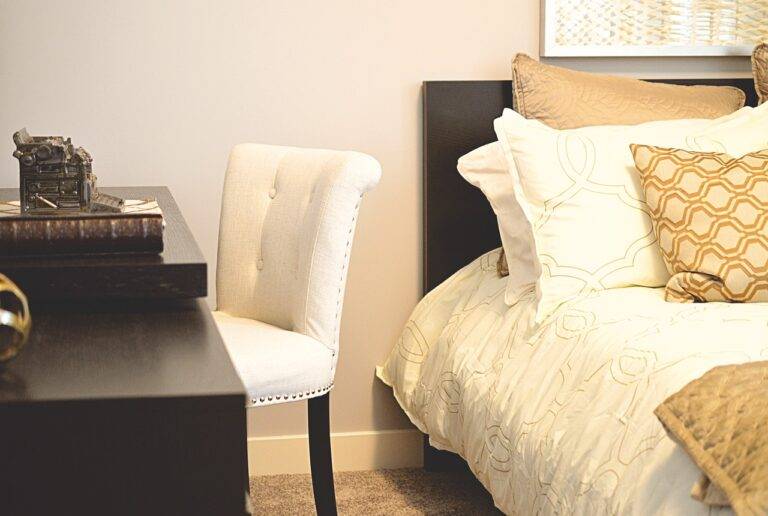Minimalist Design Trends in Modern Home Improvement
Minimalist design is characterized by simplicity, clean lines, and a focus on functionality. One key element of this design style is the use of minimal decoration and clutter, promoting a sense of openness and tranquility in a space. This means opting for furniture and decor pieces that serve a purpose while also contributing to the overall aesthetic of the room.
Another essential aspect of minimalist design is the strategic use of negative space. By carefully curating the placement of objects and furniture, designers can create a sense of balance and harmony within a room. This deliberate use of empty space helps to highlight the essential elements of a space, making each piece stand out and shine in its simplicity.
Incorporating Natural Light
Natural light is a crucial aspect of minimalist design, as it helps create a sense of openness and airiness in a space. When designing a room, it is essential to consider the placement of windows and the orientation of the building to maximize the entry of natural light. Large windows, skylights, and glass doors are effective ways to invite natural light into a room, making it feel more spacious and inviting.
Incorporating natural light not only enhances the aesthetics of a space but also has a positive impact on our well-being. Exposure to natural light has been linked to improved mood, increased productivity, and better sleep quality. By strategically positioning furniture and decor to allow light to filter through the room, you can create a bright and uplifting atmosphere that promotes a sense of calm and harmony.
When designing a room, consider the placement of windows and orientation of the building
Use large windows, skylights, and glass doors to maximize natural light entry
Natural light enhances aesthetics and has a positive impact on well-being
Exposure to natural light improves mood, productivity, and sleep quality
Position furniture and decor strategically to allow light to filter through the room
Neutral Color Palettes
When it comes to creating a minimalist aesthetic in your space, neutral color palettes play a crucial role. These tones, such as whites, beiges, and grays, provide a sense of calmness and serenity to any room. By sticking to a neutral color scheme, you can create a clean and uncluttered look that evokes a sense of simplicity and sophistication.
Neutral colors also serve as a versatile base that allows you to easily incorporate pops of color through accents like pillows, throws, and artwork. This flexibility in design makes neutral color palettes a popular choice for those who appreciate a timeless and understated elegance in their living spaces. By using a neutral backdrop, you can showcase your personal style and preferences without overwhelming the overall aesthetic of the room.
What are the key elements of minimalist design?
The key elements of minimalist design include clean lines, simple shapes, neutral colors, and a focus on functionality over decoration.
How can natural light be incorporated into a space?
Natural light can be incorporated into a space by using large windows, skylights, and light-colored walls and furniture to reflect and enhance the light.
What are neutral color palettes?
Neutral color palettes consist of colors such as white, beige, gray, and taupe that are subtle and understated, creating a calm and cohesive look in a space.







